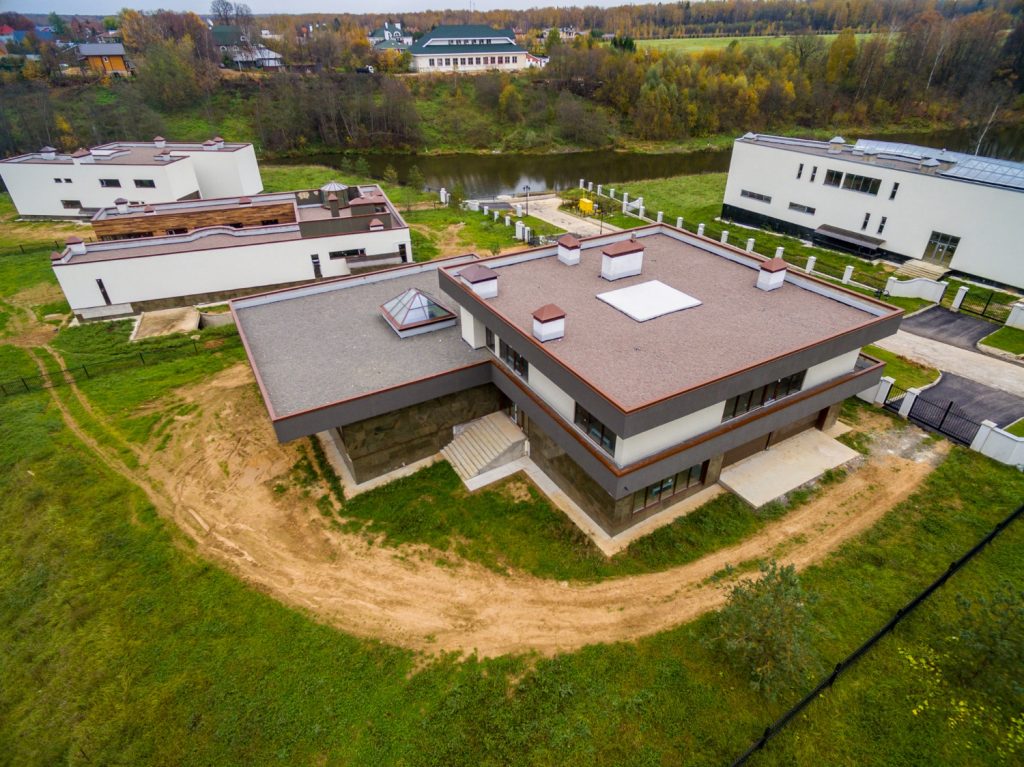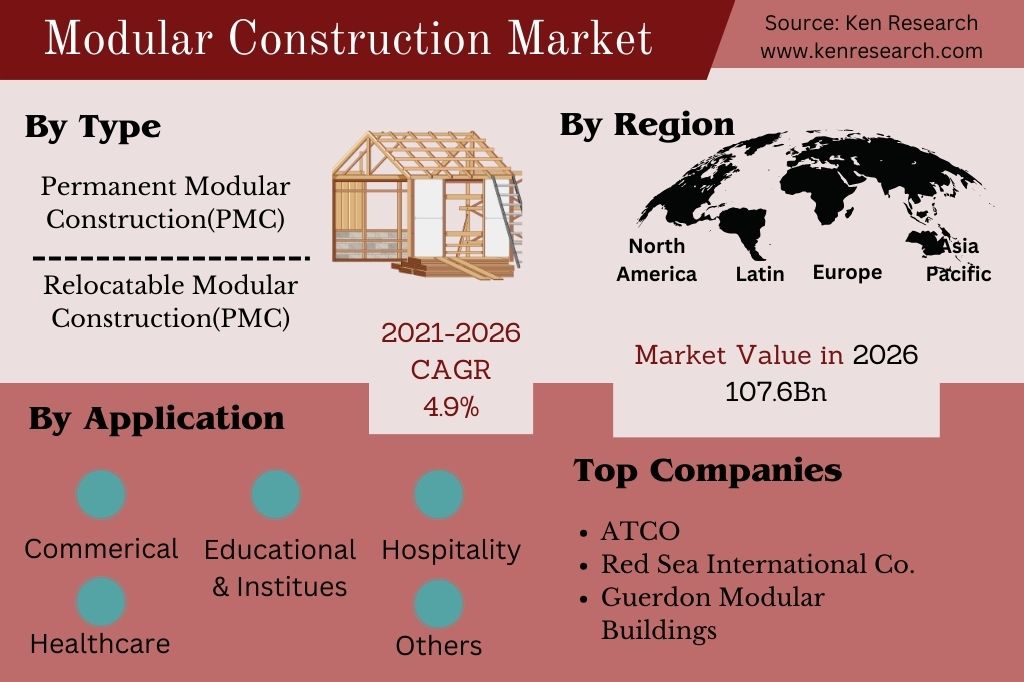In the ever-evolving landscape of the construction industry, modular construction has emerged as a game-changer, promising efficiency, cost-effectiveness, and sustainable solutions. As business heads and decision-makers navigate the dynamic construction market, understanding the nuances of modular construction becomes paramount. Let’s delve into the world of modular construction, exploring market data, industry trends, and the future outlook for this transformative approach.
Modular Construction Market Overview
The global modular construction market, valued at USD 63.76 billion in 2024, is poised to reach USD 97.13 billion by 2029, reflecting a robust CAGR of 8.78% during the forecast period (2024-2029). The market faced setbacks during the initial phase of the COVID-19 pandemic due to restrictions, but it is witnessing a resurgence driven by increased house sales, new project launches, and rising demand for commercial spaces.

Key Market Trends
1. Industrial/Institutional Sector Dominance
The industrial/institutional sector takes the lead in the modular construction market. Countries like China, Japan, Singapore, and Australia are increasingly adopting modular buildings to address labor and housing shortages, drive industrialization, and promote sustainable construction. Government initiatives globally, such as Singapore’s mandate for prefabricated construction elements, contribute to the sector’s growth.
2. Asia-Pacific Driving Growth
Asia-Pacific emerges as the powerhouse propelling the modular construction market, experiencing the highest growth rate. Factors such as expanding residential and commercial construction, substantial investments in infrastructural projects in India and China, and the focus on affordable housing contribute to the region’s dominance. China, with its colossal construction market, is expected to spend nearly USD 13 trillion on buildings by 2030, solidifying its positive impact on the modular construction market.
Market Analysis by Sectors
1. Residential Construction
Rising urbanization and population, coupled with government initiatives to address housing deficits, position residential construction as a significant sector in the modular construction market.
2. Infrastructure Construction
Investments in transport infrastructure, particularly rail and road infrastructure, fuel the growth of modular construction in the infrastructure sector.
3. Energy and Utilities Construction
Investments in renewable energy, water, and telecommunication infrastructure projects drive the modular construction market’s growth.
4. Commercial Construction
The commercial sector experiences growth through the construction of leisure and hospitality buildings, office spaces, and retail buildings. Expansion in tourism and business activities contributes to this trend.
5. Industrial Construction
A rebound in manufacturing and export activity, coupled with government aims to attract foreign direct investment (FDI) in the manufacturing sector, drives growth in industrial construction.
6. Institutional Construction
Investments in healthcare and educational building projects fuel the growth of institutional construction.

Asia-Pacific: A Dominant Force
Asia-Pacific leads the modular construction market, propelled by increased residential and commercial construction, substantial infrastructural investments, and a focus on affordable housing. With China’s colossal construction market and India’s plans to spend USD 1.4 trillion on infrastructure through the ‘National Infrastructure Pipeline,’ the region is set to maintain its dominance.
Major Players in the Modular Construction Market
- Skanska
- Bouygues Construction
- WillScot Mobile Mini Holdings Corp.
- ATCO Ltd
- SEKISUI CHEMICAL CO., LTD
Future Outlook
As the construction industry explores innovative materials and technologies, modular construction stands at the forefront. The adoption of building information modeling (BIM) and potential cost savings further open avenues for growth. With the Asia-Pacific region leading the way, the modular construction market is poised for sustained expansion.
In conclusion, modular construction is not just a trend; it’s a transformative force reshaping the construction landscape. Business leaders embracing this approach can unlock unprecedented efficiency, cost savings, and sustainable construction practices, ensuring they stay at the forefront of industry evolution.
You may read these blogs:

